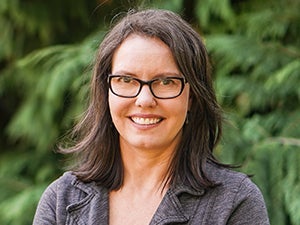Gretchen Soderlund earned her PhD in Communications Research from the University of Illinois at Urbana-Champaign, where she specialized in journalism history. She is an expert on the history of media coverage of sex trafficking. Soderlund's research examines the history of scandal in investigative reporting, media sensationalism, moral reform movements and the press, and the rise of journalistic objectivity. Recently she has written about conspiracy narratives in television and American political culture. She is the author of Sex Trafficking, Scandal, and the Transformation of Journalism, 1885-1917 (University of Chicago Press, 2013). Her articles have appeared in such journals as American Quarterly, Feminist Formations, The Communication Review, Humanity, and Critical Studies in Media Communication.
At the undergraduate level, Soderlund regularly teaches Gender, Media, and Diversity, Media History, and History of Investigative Reporting. Her graduate seminars include Historical Methods and Histories of the Press and Sexuality.
Soderlund held a Mellon Postdoctoral Fellowship at the University of Chicago and served for a year as Assistant Director of the University of Chicago’s Center for the Study of Communication and Society. She is currently Area Director of the Media Studies Program.

